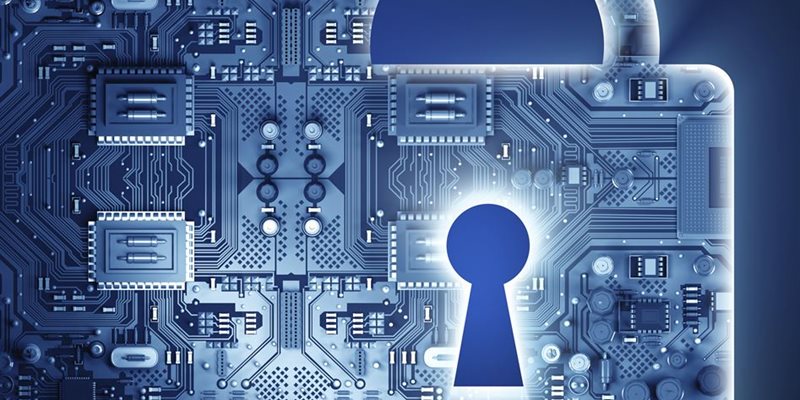It’s no secret that cyberattacks are on the rise, putting enterprises of all sizes at risk. Organizations are working hard to defend themselves; according to Gartner, Inc., worldwide spending on information security will reach $75 billion for 2015, an increase of 4.7 percent? over 2014, and other cybersecurity analysts predict that the global cybersecurity market will grow to a staggering $170 billion by 2020.
However, what that money should be spent on is changing, and it’s critical to keep up with the exciting new developments. In particular, endpoint security has traditionally been handled by software, such as anti-virus tools, multi-factor authentication, and Group Policy enforcing password standards and password changes. That software is extremely helpful — but increasingly insufficient. Ever more sophisticated and pernicious malware is infecting endpoints despite these software barriers, leading to security breaches, data loss, compliance violations, bad press and a variety of other consequences organizations are eager to avoid.
Hardware Can Help
Fortunately, now you can have a powerful new tool in your arsenal — hardware. That’s right: Hardware vendors are making improvements that enable the hardware itself to enhance IT security. Intel's new Skylake processors are being hawked in their press for their better CPU and GPU performance and longer battery life, but if you’re an IT pro responsible for protecting your network, their security features might be even more exciting. Skylake includes enhancements that make biometric and other strong authentication methods faster and more secure, while also protecting user privacy. For example, biometric measurements are kept in tamper-resistant hardware storage instead of the hard drive, and new image-processing capabilities speed up facial recognition.
Enterprise PCs and laptops based on Skylake are already available. But before you rush to fill out a requisition, you need to know that there are some challenges involved in migrating to the new technology. In particular, the corporate images you’ve spent years refining won’t work on the new machines, so you’ll have to build and test new ones, and then provision your new laptops and PCs. Done manually, that would be a lot of work and delay. But the KACE K2000 Systems Deployment Appliance automates image creation, deployment and maintenance, so you can easily ensure that your new computers are ready to be your next line of defense against attackers.
To learn more about the benefits of Skylake and how you can streamline its deployment using the K2000, view the on-demand webcast, “Top 8 Security Features in Skylake PCs."




